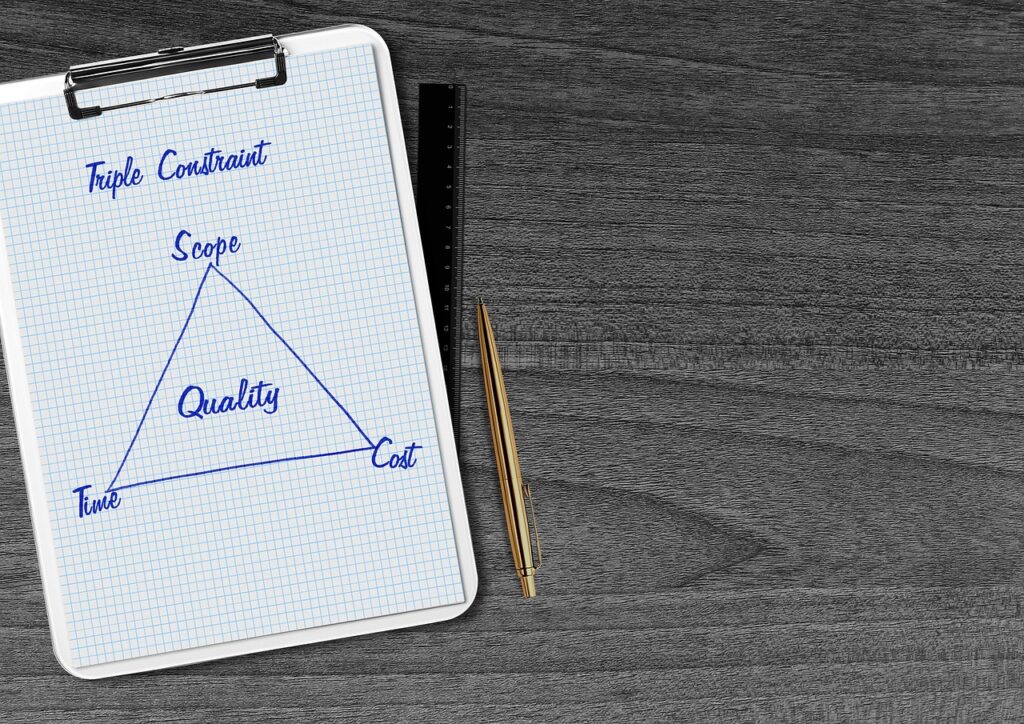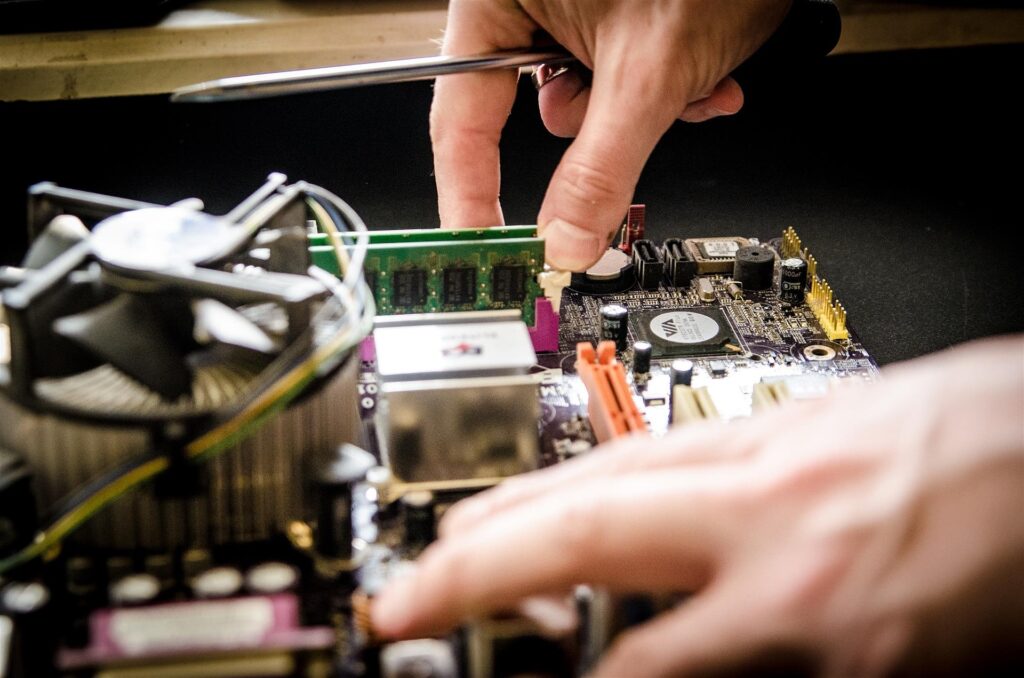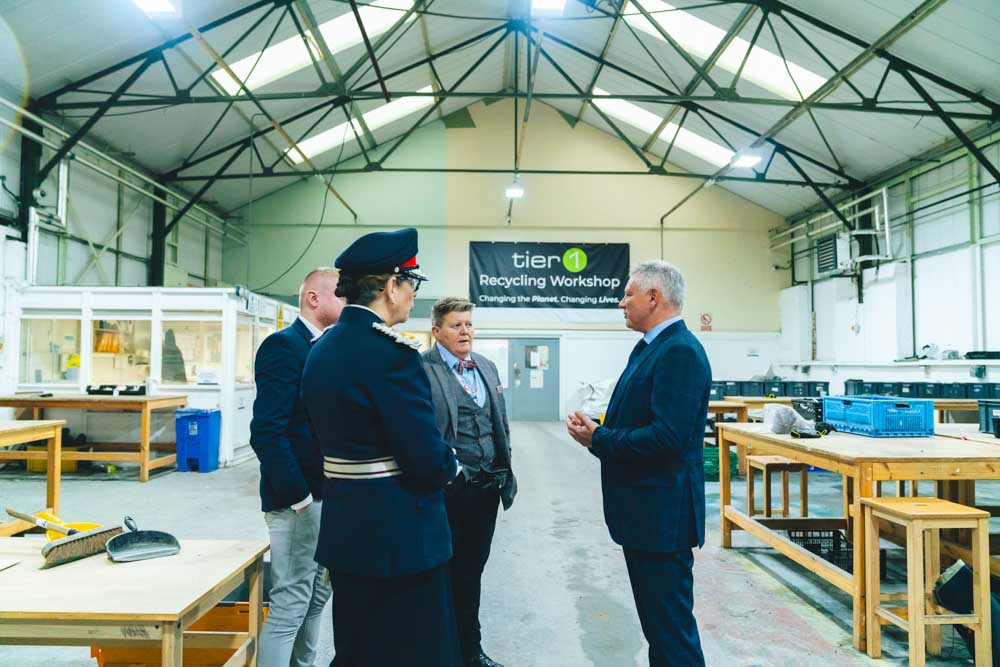The majority of organisations are facing tough financial choices; budgets are under close scrutiny with leaders making sure that money is spent wisely. With business technology amounting to a significant portion of overall expenditure, optimising your IT budget is vital to fuel efficiency, productivity and wider business growth.
With mounting costs, allocation can prove difficult. When it comes to maximising the budget and driving cost efficiencies, a measurable, adaptable plan will ensure you can implement strategies to boost the ROI of your IT investments.
We tend to refer to the bottom line as being black or red, but an increasing number of leading enterprises are turning it green. Sustainability and economic growth are not just compatible, but they are now intrinsically linked. Through the adoption and implementation of a circular approach to their IT strategy, CIOs are optimising their finances and generating what is termed, ‘green growth’ for their organisation; whilst making their 2024 budget go a lot further.

Why is it important to prepare an IT budget?
The foundation of the wider company strategy, IT budgeting is a critical process for both innovation and the resource allocation required to boost efficiencies, lower costs and increase revenue.
Balancing short and long-term spending, effective strategic, budget management will ensure you identify areas requiring investment through cost-benefit analysis. Prioritising key developments and leveraging the projects that will make the greatest improvements will streamline company-wide operational efficiencies; helping you to gain a competitive edge.
How much is a typical IT budget?
It’s a vital budget to get right – lack of technology investment could result in missed corporate targets, decreased productivity and overall job satisfaction if your team don’t feel that they have the right tools for their job. Older hardware or legacy systems may threaten your cyber-defences, resulting in a costly data breach and a tough penalty fine from the , should the company not adhere to the necessary data governance principles.
Setting a realistic budget in line with the corporate strategic plan will ensure you reach your organisation’s objectives and goals. However, determining how much to spend on IT can be a challenging balance. So, how big should an IT budget be?
Extending far beyond procurement, which is likely to spring to most people’s minds initially, the technology budget, includes cybersecurity, lifecycle management, ongoing maintenance, employee training, staffing and tech support; along with external partners, such as IT asset disposal services. Whilst it will fluctuate, depending on company size, industry, level of regulation and marketplace competitiveness, an IT budget is a significant sum and costs could easily spiral. Therefore, industry benchmarks are useful when setting your annual budget.
According to U.S technology solution provider, Walk Me, the average IT budget for medium-sized enterprises with revenues between $50-over $2 billion is around 4.1% of their profit. Although, smaller businesses with a revenue under $50 million spend 6.9% as they are focused on scaling.

How can sustainable IT solutions maximise your IT budget?
The importance of optimal IT budget management goes further than financial reporting. As global e-waste is predicted to reach 61.3 million metric tons in 2023, and a frightening 74.7mmt by 2030, it’s also essential for your company’s ESG efforts, WEEE compliance, and if an in-scope organisation, the ^
Maximising your IT budget isn’t about cutting costs or corners, but taking a multifaceted approach to drive effectiveness. Incorporating circular, sustainable IT solutions into your wider IT strategy may save far more than you think.
Conduct an IT audit.
Having a comprehensive knowledge of your current IT infrastructure is the first step to effective budget optimisation. A detailed, thorough IT audit will ensure the quick and easy identification of inefficiencies, under-utilised resources or end-of-life IT assets, along with the specific locations of devices – essential in an era of hybrid/remote working.
Helping you align strategic investment with your 2024 business goals, an audit will ensure you allocate resources more effectively and identify opportunities for cost savings to make your IT budget go further.
Lifecycle management.
Leveraging your existing IT infrastructure is a great way to minimise spending, whilst extending the lifespan of any device is more environmentally friendly. What’s more, hardware upgrades can also improve device energy-efficiency. Upgrading your existing tech will ensure you stay competitive, productive and cybersecure, without purchasing brand-new equipment.
Whether actioned in-house or outsourced to a lifecycle management partner to free up internal resources, hardware, software and OS upgrades will maximise value and longevity. The majority of components can be replaced. Storage, RAM and graphics cards will boost performance; whereas screens, keyboards, ports and trackpads improve operational functionality. Your lifecycle management plan will include asset tracking, regular maintenance or upgrade scheduling, along with eventual secure IT asset disposal considerations.
Sell redundant IT assets.
Your redundant IT equipment provides the opportunity to re-claim your budget and boost ROI, either by choosing to sell redundant IT assets or when absolutely necessary, recycling device components. Standard upgrade cycles remain between 3-5 years, as such, there is plenty of residual value remaining, with resale extending both the lifespan and lifetime value of the device.
Asset recovery strategies delivered in partnership with your ITAD supplier will ensure you receive the highest possible return, but moreover, secure data erasure services, which utilise advanced Blancoo software, will eliminate any potential data security issues. An ITAD partner will also help you navigate the complexities of the GDPR data destruction requirements and environmental regulations when responsibly disposing of redundant IT equipment.
Refurbished devices.
Several pieces of recent research have shown that refurbished IT equipment can save up to 80%# compared to the cost of a brand-new asset. What’s more, as 80% of a device’s lifetime CO2e emissions are created by its manufacture and transportation – refurbished technology makes an considerable environmental saving, also.*
Furthermore, refurbished device procurement brings additional benefits. It demonstrates your corporate commitment to the circular economy and the reduction of e-waste. Leading resales vendors offer the opportunity to build the exact specifications, functionality and performance you require. With extendable warranties, which exceed the original manufacturer’s guarantee, you have additional assurance of the renewed asset’s quality.
Drive efficiency through innovation.
Recent technological advancements have provided cost-effective strategies that help businesses drive efficiency. Cloud-based technologies have revolutionised business operations, delivering solutions from centralised storage to SaaS models. Cloud services reduce both hardware and software costs, undoubtedly helping many businesses through tough economic times. Data centre decommissioning has increased as companies transition to the cloud or adopt edge computing models. Moreover, the cloud’s scalability and flexibility, easily adapts with demand or growth, making further savings.
More recently, machine learning technologies are increasing the automation of time or labour-intensive workflows streamlining processes and increasing accuracy; reducing internal resource costs and leaving your team to focus on revenue-generating actions. AI can also help boost consumer engagement, loyalty and customer service satisfaction scores, via chatbots and marketing analytics. Artificial intelligence can even strengthen your existing cybersecurity measures.
Monitor, review and adjust.
As with setting the budget in the first place, constant evaluation and adaption is essential to keep track of your expenditure, targets and the resulting value delivered. Establishing Key Performance Indicators, (KPIs), will ensure you track effectiveness. These data-driven decisions will inform budget forecasting and inventory buying choices the following quarter/year.

Maximising your IT budget and driving cost efficiency is not about reducing the quality or quantity of your business technology. The adoption of sustainable IT solutions including strategic asset recovery, the reinvestment in existing or refurbished devices and the adoption of advanced technologies, can propel your company forward through long-term cost-efficiencies. Third-party lifecycle management partners, professional resale vendors or IT asset disposal companies can also make further savings; they are often a fraction of the cost of the equivalent internal resource.
When looking to optimise both your IT budget and the value it provides for your organisation, circular IT solutions drive cost effectiveness, boost ROI and deliver long-term savings. By improving operational efficiencies and building a sustainable IT infrastructure for the future, you will achieve optimal results, both economically and environmentally.
^ Statista, *Capgemini, #SignalsIT.
At tier1, our fully circular, environmentally friendly ITAD services not only protect company data but help CIOs drive cost-efficiencies; maximising both their budget and sustainability credentials.
We provide full lifecycle management, upgrade services, and asset recovery solutions, along with on-site data erasure and data centre decommissioning.
We champion sustainable IT solutions only ever recycling redundant IT assets when they truly have reached end-of-life. Our expert technicians maximise the lifetime value of all devices through professional refurbishment. The are listed on our 5-star resale platforms, tier1online and tier1business.
To find out more about any of our IT asset management or data wiping services, speak to our friendly team on 0161 777 1000 (Manchester), 01621 484380 (Maldon) or visit www.tier1.com
Resources.
Gartner, Walk Me, Lemon Learning, Itmagination, Akita, Costratify, BMC, The CIO Circle, LinkedIn, Statista, SignalsIT, Capgemini.



